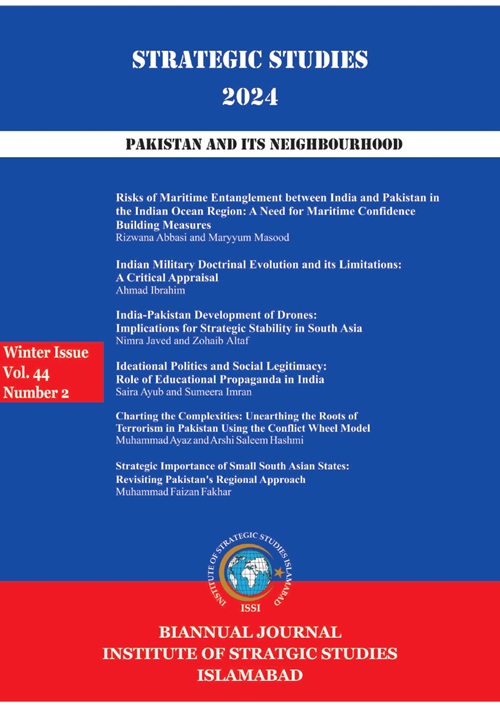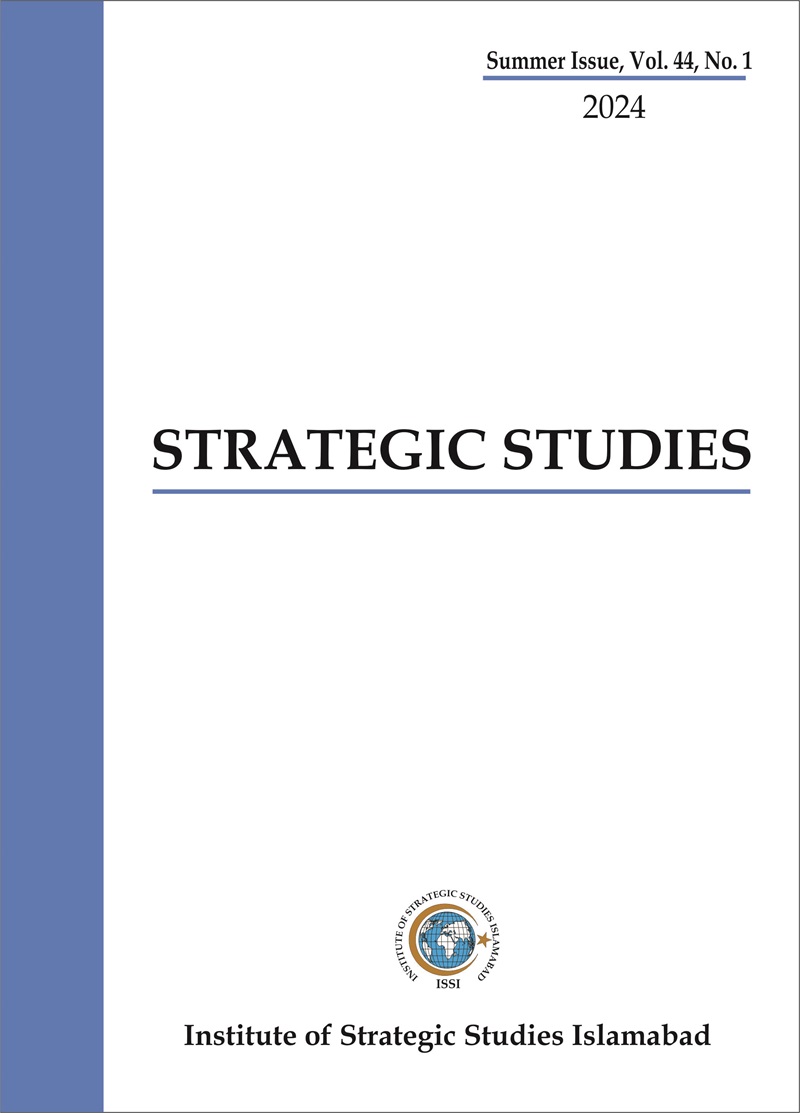Introduction
Indian elections have concluded with the Bhartiya Janata Party (BJP) emerging as the single largest party, though still short of simple majority. It has since formed a coalition government under the NDA banner, with Prime Minister Narendra Modi assuming office for the third consecutive term. The election results have brought up coalition politics again after a decade-long single-party dominance of the BJP in the Indian parliament. The BJP could secure only 240 seats, 32 short of the simple majority. Prime Minister Modi, whose policies were more interpreted as authoritarian for two consecutive terms due to centralization of power, is now dependent upon the allies. Two major allies of BJP including Telugu Desam Party (TDP) and Janata Dal United (U) have secured 16 and 12 seats respectively.[1]
During the election campaign, the BJP claimed that it would be able to win more than 370 seats, as part of the 400-seat markup for National Democratic Alliance (NDA). On the other side, Indian National Developmental Inclusive Alliance (INDIA) has bagged 243 seats, raising a strong opposition voice in the Indian Parliament.















